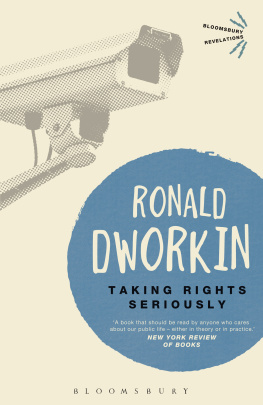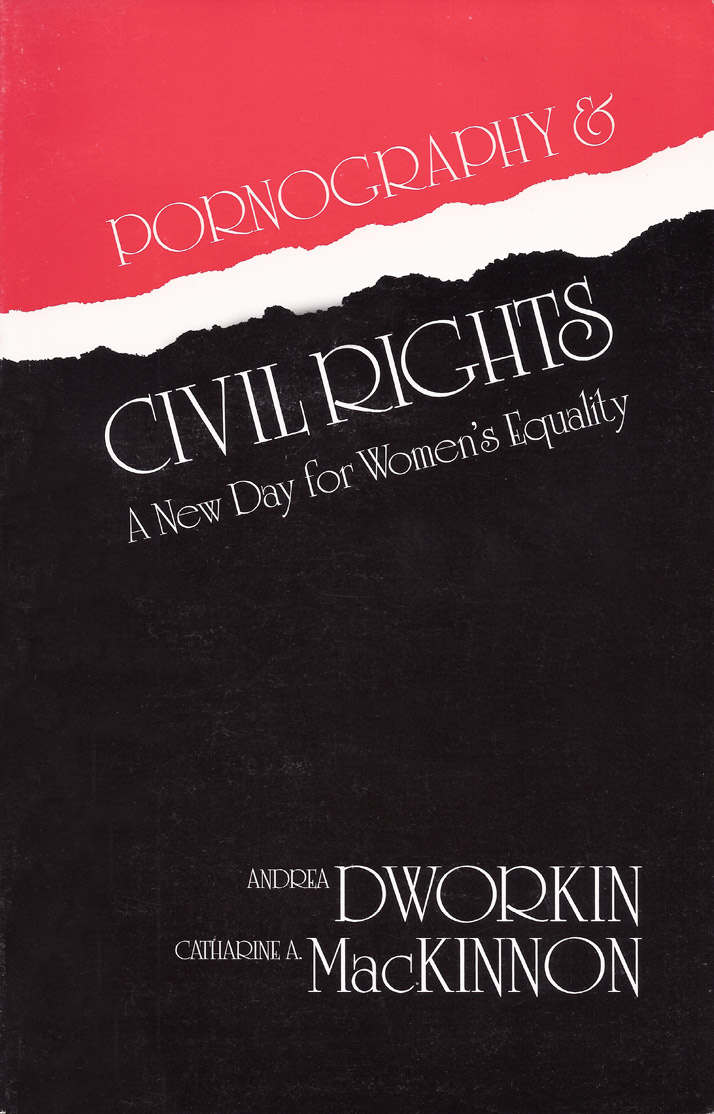


ANDREA DWORKIN and CATHARINE A. MacKINNON
Copyright 1988 by Catharine A. MacKinnon and Andrea Dworkin
Al rights reserved


First Printing 1988
Second Printing 1989
Copyright 1988 by Catharine A. MacKinnon and Andrea Dworkin
Al rights reserved
Library of Congress card number: 88-190876
ISBN 0-9621849-0-X


To al the people who have worked
to pass the Ordinance into law and
to al the people who need to use it.


CONTENTS
The Meaning of Civil R ights. . ..... . ..... . ..... . . . . . . . . . . 7
The Nature of C hange........................................................17
Authority and Resistance.................................................... 19
Equality as a Social G o a l.................................................... 21
Pornography and Civil R ig h ts...........................................24
The O rdinance.....................................................................31
Statement of Policy........................................................31
Findings ........................................................................32
Definition .....................................................................36
Causes of A c tio n ...........................................................41
C oercion................................................................. 41
Trafficking..............................................................44
F o rce ........................................................................49
Assault .................................... . .............................50
Defamation..............................................................51
Defenses ........................................................................52
Enforcem ent................................................................. 54
Civil A ction..............................................................54
D am ages................................................................. 54
Injunctions..............................................................55
Technicalities................................................................. 56
Severability..............................................................56
Limitation of Action ..............................................56
Civil Rights and Speech .................................................... 58
Questions and Answers........................................................67
Table of Authorities ...........................................................97
Appendix A: The Minneapolis O rdinance.......................99
Appendix B: The Indianapolis O rdinance....................106
Appendix C: The Cambridge Ordinance ....................133
Appendix D: The Model O rdinance..............................138
Pornography and Civil Rights
5


The Meaning of Civil Rights
Civil rights as we understand them are new, not old.
Equality was not a constitutional principle or legal imperative in 1776. The Thirteenth, Fourteenth, and Fifteenth Amendments to the Constitution were passed in 1865, 1868,
and 1870, not in 1776. They made slavery illegal, introduced
the principle of equal protection under the law, and gave Black
men the vote. The first civil-rights statutes were passed in the
same period to help undo the effects of slavery. Still, the after-
math of slavery was segregation. The Supreme Court decided
to outlaw segregation in public schooling in 1954, not in 1776
or 1868. Modern civil-rights acts to dismantle segregation and
prohibit discrimination were passed in 1957, 1960, 1964, and
1968, not in 1776 or 1868. The Voting Rights Act was passed
in 1965, not in 1776 or 1868. In the United States for most of
its history, Black people were virtual y excised from the body
politic, first through the constitutionally protected slave trade,
then through constitutionally protected segregation.
There were two kinds of segregation. De jure segregation
was mandated by law, enacted by statute, enforced by the police. De facto segregation was separation of the races without the overt sanction of specific laws: Blacks had inferior status,
worth, and resources.
In the South, there was de jure segregation. Laws forbade
Blacks access to public accommodations, including toilets, restaurants, hotels, parks, and stores. Blacks were allowed only restricted access to public transportation. Jobs, housing, and
education were marginal and often debased in quality. De jure
segregation effectively kept Blacks from voting. De jure segregation implicitly sanctioned physical violence against Blacks.
There was widespread police brutality and vigilante terrorism, including lynchings and castrations.
De jure segregation set the standard for the way Black people
were treated throughout the United States. The degraded civil
status and racial inferiority of Blacks were taken for granted. In
The Meaning of Civil Rights
7


practice, segregation in housing and to a somewhat lesser extent
in education was the rule. The use of the word nigger was commonplace. Unemployment and menial labor ensured that Blacks were economically dispossessed and political y disenfranchised.
Narcotics, especial y heroin, were dumped on Black urban ghettos, law enforcement collaborating in targeting a Black population for addiction and despair. White contempt for Blacks was expressed openly in humor, in street harassment, in condescension, in infantilizing or animalistic media stereotypes, and in physical violence. Until
Next page


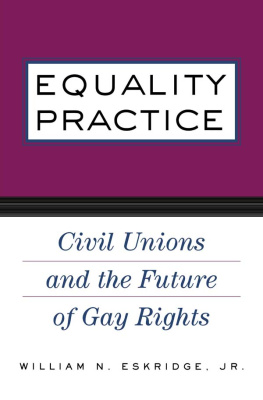
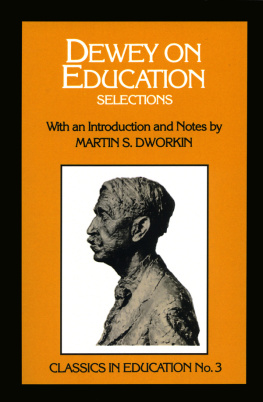
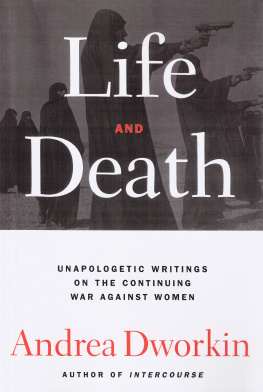
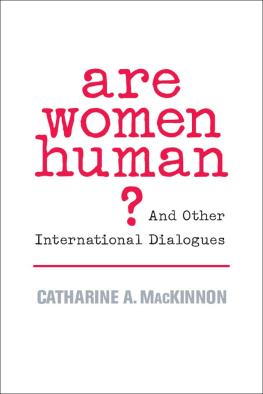
![Dworkin - Life and death : [unapologetic writings on the continuing war against women]](/uploads/posts/book/97794/thumbs/dworkin-life-and-death-unapologetic-writings.jpg)
